Tucson, located in the Sonoran Desert of southern Arizona, has a rich history of urban development shaped by its diverse cultural influences, geography, and economic activities. Here’s an overview of the key phases in Tucson’s urban evolution:
Indigenous Settlement:
Before European contact, the Tucson area was inhabited by indigenous peoples, including the Tohono O’odham and Pascua Yaqui tribes. These Native American communities engaged in agriculture, hunting, and gathering in the region.
Spanish Colonial Period:
Tucson was founded as a Spanish military fort, Presidio San Agustín del Tucsón, in 1775. The Spanish established the presidio to protect their interests and facilitate trade routes. The nearby Mission San Xavier del Bac, founded in 1692, played a role in the cultural and religious development of the region.
Mexican Period:
Following Mexico’s independence from Spain in the early 19th century, Tucson became part of Mexico. The city continued to serve as a center for trade and agriculture. The Mexican influence is still evident in the region’s cultural and architectural heritage.
Gadsden Purchase and Territorial Period:
In 1854, the Gadsden Purchase transferred the Tucson area from Mexico to the United States, making it part of the Arizona Territory. Tucson became an important stop along the Butterfield Overland Mail route, contributing to its growth as a transportation hub.
Wild West and Frontier Town:
Tucson experienced the challenges of the Wild West era, including conflicts between settlers and Native American communities, as well as clashes during the Apache Wars. The city also played a role in the development of the railroad, connecting Tucson to the broader U.S. transportation network.
Copper Boom:
The late 19th and early 20th centuries brought a mining boom to the region, particularly with the discovery of copper deposits. Tucson became a center for mining and the processing of minerals, contributing to economic growth and urban development.
Military Presence:
Tucson played a significant role in military activities during World War II. Davis-Monthan Air Force Base was established, and the city became a center for military training and aerospace industries.
Post-War Growth:
After World War II, Tucson experienced population growth and suburban development. The city’s proximity to the University of Arizona, established in 1885, contributed to its educational and cultural vibrancy.
Urban Renewal and Expansion:
In the mid-20th century, Tucson underwent urban renewal efforts, including the development of the Tucson Convention Center and the construction of the Pima Freeway (Interstate 10). The city expanded its infrastructure and amenities to accommodate a growing population.
Cultural Diversity and Arts Scene:
Tucson’s cultural diversity is reflected in its vibrant arts scene. The city celebrates its Mexican and Native American heritage through festivals, events, and public art. The historic Fourth Avenue district is known for its eclectic shops, galleries, and cultural spaces.
Modern Sustainable Practices:
In recent decades, Tucson has focused on sustainability and environmental conservation. The city has implemented water conservation measures, and initiatives like the Tucson Modern Streetcar contribute to public transportation and urban connectivity.
Tucson’s history of urban development showcases its evolution from a Spanish colonial outpost to a culturally rich and economically diverse city in the American Southwest. The city’s unique blend of Native American, Mexican, and Western influences is evident in its architecture, cuisine, and cultural traditions.

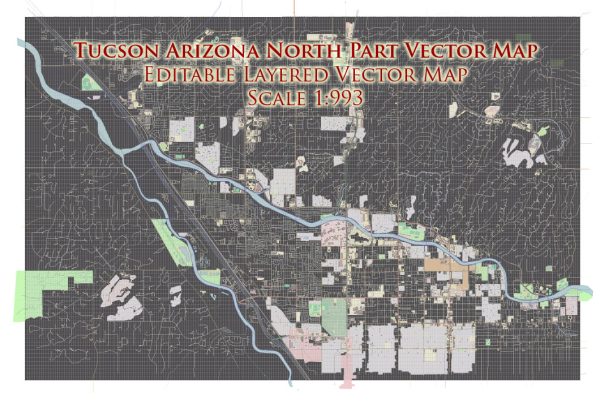
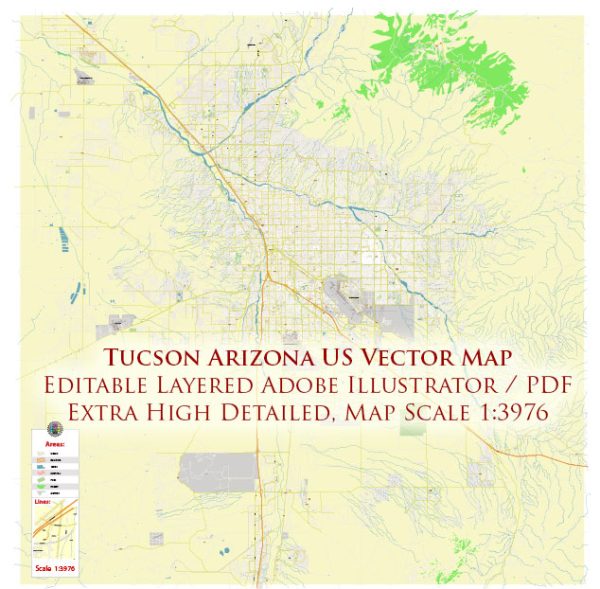
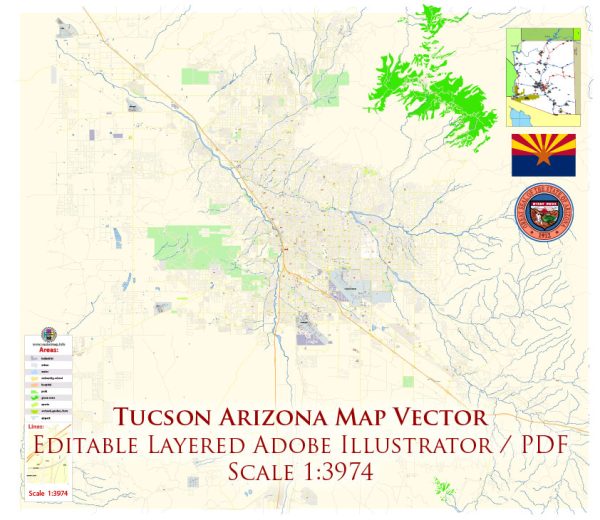
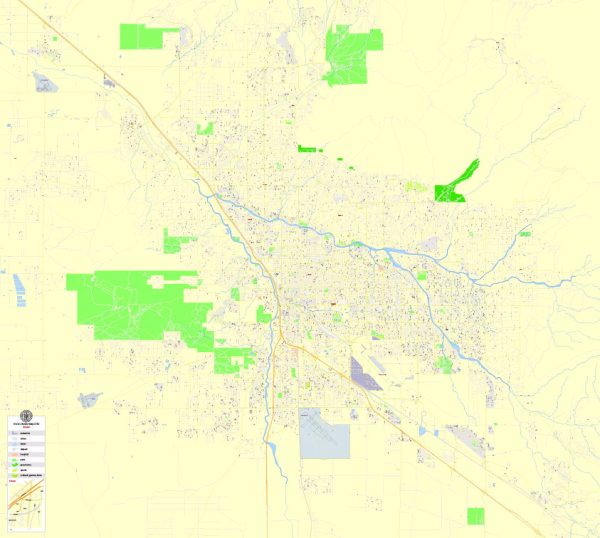
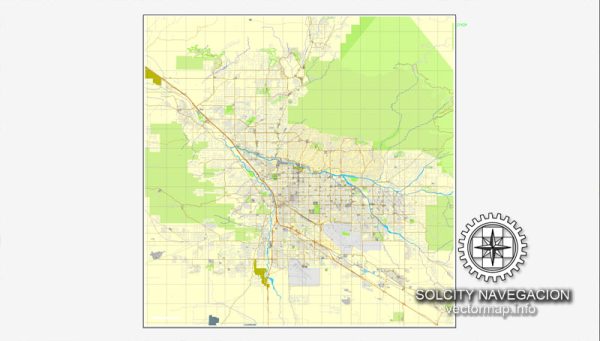
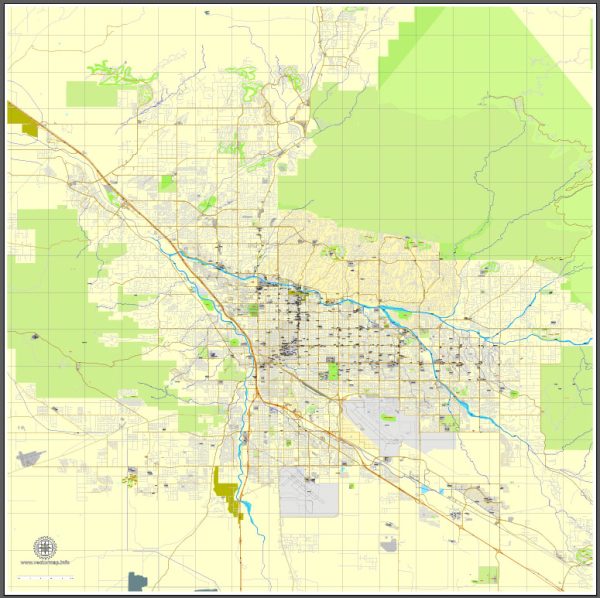
 Author: Kirill Shrayber, Ph.D.
Author: Kirill Shrayber, Ph.D.